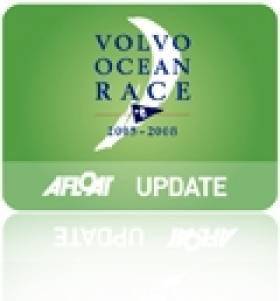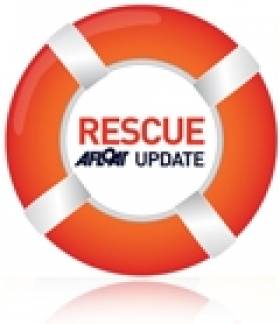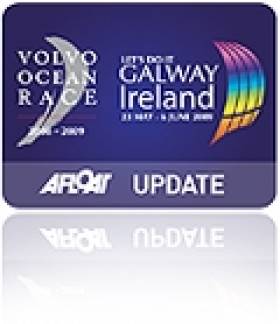Displaying items by tag: Nimmo's Pier
Showcase for Galway at VOR 'Irish Day' in Adu Dhabi
#VOLVO OCEAN RACE - Galway was showcased on Friday 6 January as part of special a 'Irish Day' celebration in Abu Dhabi, where the Volvo Ocean Race fleet is getting ready to embark on its next leg.
Galway Bay FM reports that the City of the Tribes was highlighted as a top international tourism destination - with the 'VOR Village' at Nimmo's Pier being a focus of discussions, according to Galway Mayor Hildegarde Naughton.
Earlier in the week saw the first sailing in Arab waters of the near-century-old Galway hooker Nora Bheag, which is in Abu Dhabi as part of a cultural exchange between these host ports of the 2011/2012 Volvo Ocean Race.
The race is set to finish in Galway on Tuesday 3 July 2012, attracting the world's media and thousands of visitors to Ireland's fifth largest city for the final prize-giving.
Man Rescued from Sinking Boat at Galway Docks
The Irish Coast Guard and Galway RNLI lifeboat were alerted and came to his assistance when his eight-foot RIB broke down near Nimmo's Pier around 5pm.
The man was taken safely on board and the RIB was towed to the slipway at the new Ocean Sports Centre. No serious injuries were reported.
Galway's 2012 VOR Stopover Will Be 'Bigger and Better'
#VOLVO OCEAN RACE - Organisers for next year's Volvo Ocean Race stopover in Galway have promised the event will be "bigger and better" than the previous race visit in 2009.
John Killeen, president of Let's Do It Galway, told the Galway Independent that he expects as many as 8,000 foreign visitors to the City of the Tribes next July.

Green Dragon on show in Alicante this week – her dockside poster reads: 'the race begins in Alicante, the party starts in Galway'
Killeen is in Alicante on the Spanish Mediterranean for the week of events and in-port races leading up to the official start of the 2011-12 Volvo Ocean Race this Saturday.
The race is set to finish in Galway on Tuesday 3 July 2012, attracting the world's media to Ireland's fifth largest city for the final prize-giving.
Nimmo's Pier will be the focus of entertainment facilities for the many thousands expected to throng the city as the six competing yachts complete their epic challenge.
"It’s a rare opportunity for Galway and Ireland to have the leverage of such an event and, if we don’t [use it to benefit Galway], it will be remissible,” said Killeen.
The Galway Independent has more on the story HERE.


























































